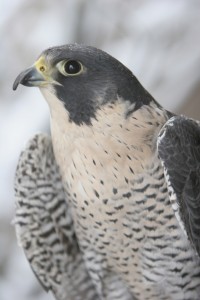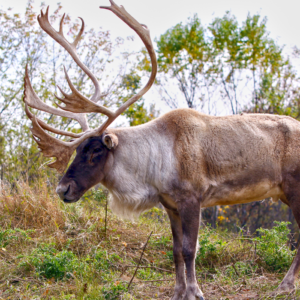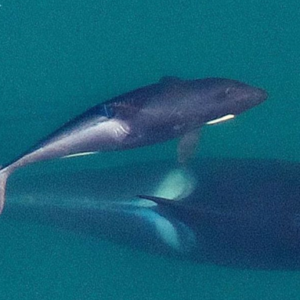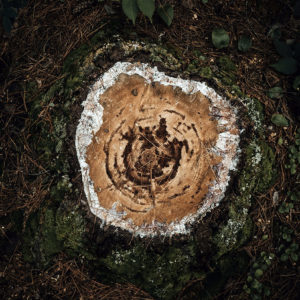One Step Forward, Two Steps Back—Scientists propose more species to be listed as at risk

Stephen Hazell
Director of Conservation
and General Counsel
On December 4, 2017 following several days of meetings in Ottawa, the Committee on the Status of Endangered Wildlife in Canada (COSEWIC) announced its recommendations for changes to listings of 44 wildlife species under the Species at Risk Act.
The good news is that COSEWIC now considers that the Peregrine Falcon is no longer at risk of extinction throughout most of Canada thanks to a ban on the pesticide DDT and a captive breeding program.
The bad news is COSEWIC recommends that a number of other species be listed as endangered, threatened or of special concern. For example, COSEWIC recommends an endangered listing for eight of the 24 populations of Sockeye Salmon in the Fraser River. Two populations are recommended for threatened status and five populations for special concern status. Nine populations were stable or increasing and so were assessed as being Not at Risk.
Two of three populations of Pacific Grey Whale using Canadian waters are also recommended for endangered status. These represent Grey Whales’ last global stronghold. All three groups winter in Mexican waters, but move along the Canadian coast to spend the rest of the year feeding in different regions. A remnant population that summers along the Russian coast, and a second small group that feeds near Vancouver Island and adjacent waters, were both assessed as Endangered. The largest population, which travels along the Pacific coast to Alaska, was assessed as Not at Risk.
Other species found to be at some level of risk:
- Vancouver Lamprey, found in only three Vancouver Island lakes (Threatened)
- Northern Saw-whet Owl brooksi subspecies, unique to Haida Gwaii forests (Threatened)
- Quebec Rockcress, which grows only on certain Gaspé Peninsula limestone cliffs (Endangered)
- Verna’s Flower Moth, which is found exclusively in the Canadian prairies (Threatened)
- Lumpfish, an Atlantic Ocean species fished for its caviar-like eggs (Threatened)
- Dolphin and Union Caribou in Nunavut and the Northwest Territories, which migrate across sea ice affected by climate change and shipping activity (Endangered).




